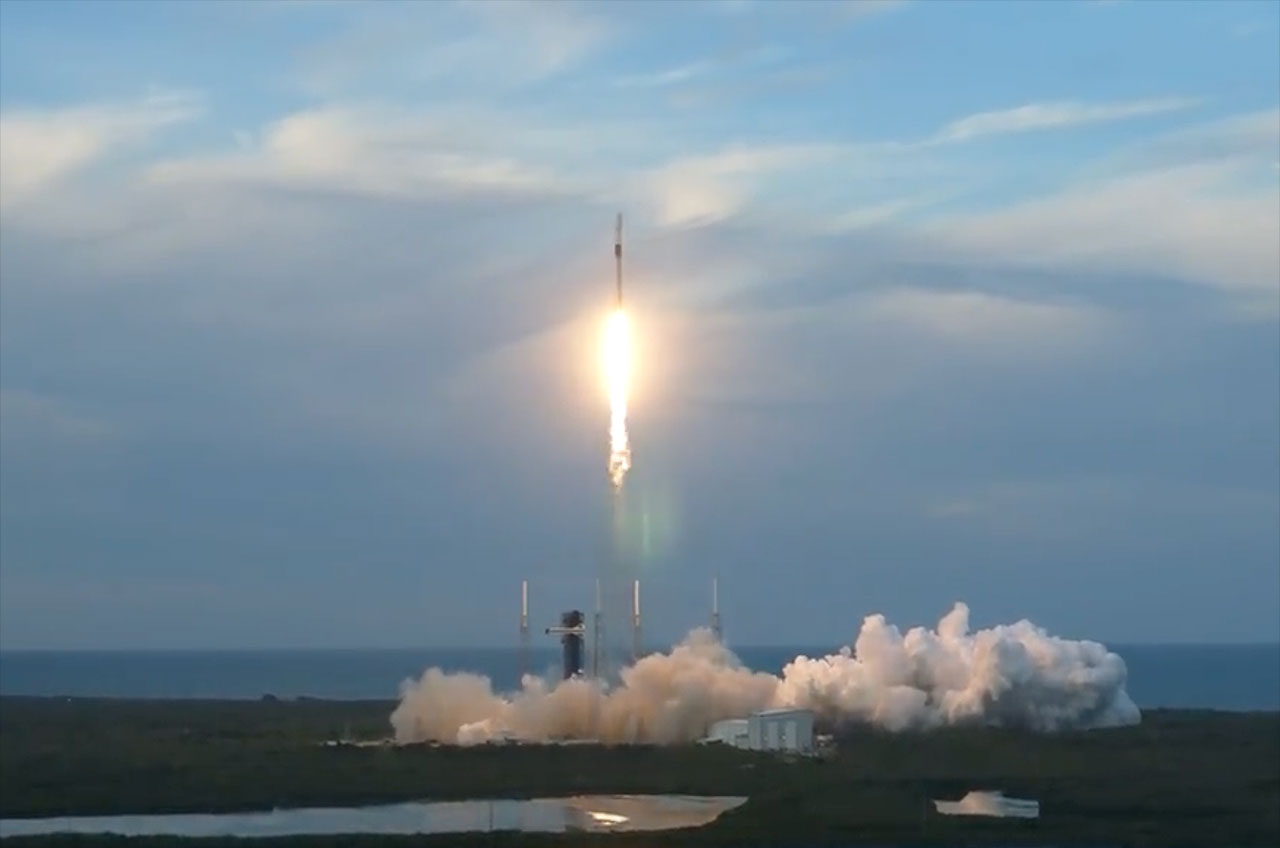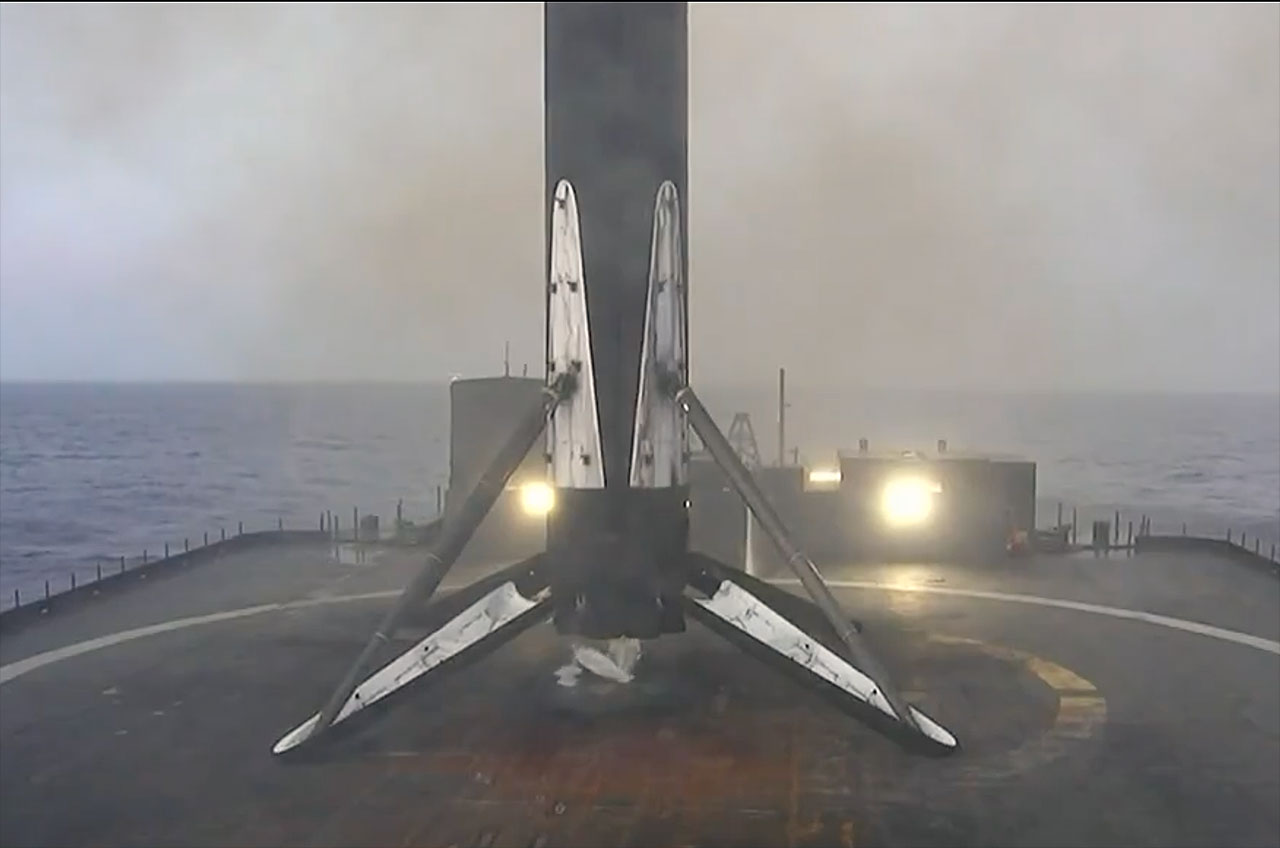SpaceX launches 23 Starlink satellites from Florida (video)
SpaceX launched 23 of its Starlink internet satellites from Florida on Sunday (March 10).
A Falcon 9 rocket carrying the Starlink spacecraft lifted off from Cape Canaveral Space Force Station at 7:05 p.m. EDT (2305 GMT).
Related: Starlink satellite train: How to see and track it in the night sky

The Falcon 9's first stage came back to Earth about 8.5 minutes after liftoff. It made a vertical landing on the SpaceX droneship "Just Read the Instructions," which was stationed in the Atlantic Ocean.
It was the 11th launch and landing for this particular booster, according to a SpaceX mission description. Four of its 10 flights to date have been Starlink missions.
The rocket's upper stage, meanwhile, continued powering its way upward and was set to deploy the Starlink satellites in low Earth orbit about 65 minutes after launch.

This was the first of two Starlink launches tonight, if all goes to plan. SpaceX aims to launch another batch of the broadband satellites from California's Vandenberg Space Force Base at 10:13 p.m. EDT (0213 GMT on March 11).
Breaking space news, the latest updates on rocket launches, skywatching events and more!
SpaceX has launched 22 orbital missions already this year, but many more are in the offing: The company intends to launch 144 times in 2024.

Michael Wall is a Senior Space Writer with Space.com and joined the team in 2010. He primarily covers exoplanets, spaceflight and military space, but has been known to dabble in the space art beat. His book about the search for alien life, "Out There," was published on Nov. 13, 2018. Before becoming a science writer, Michael worked as a herpetologist and wildlife biologist. He has a Ph.D. in evolutionary biology from the University of Sydney, Australia, a bachelor's degree from the University of Arizona, and a graduate certificate in science writing from the University of California, Santa Cruz. To find out what his latest project is, you can follow Michael on Twitter.
